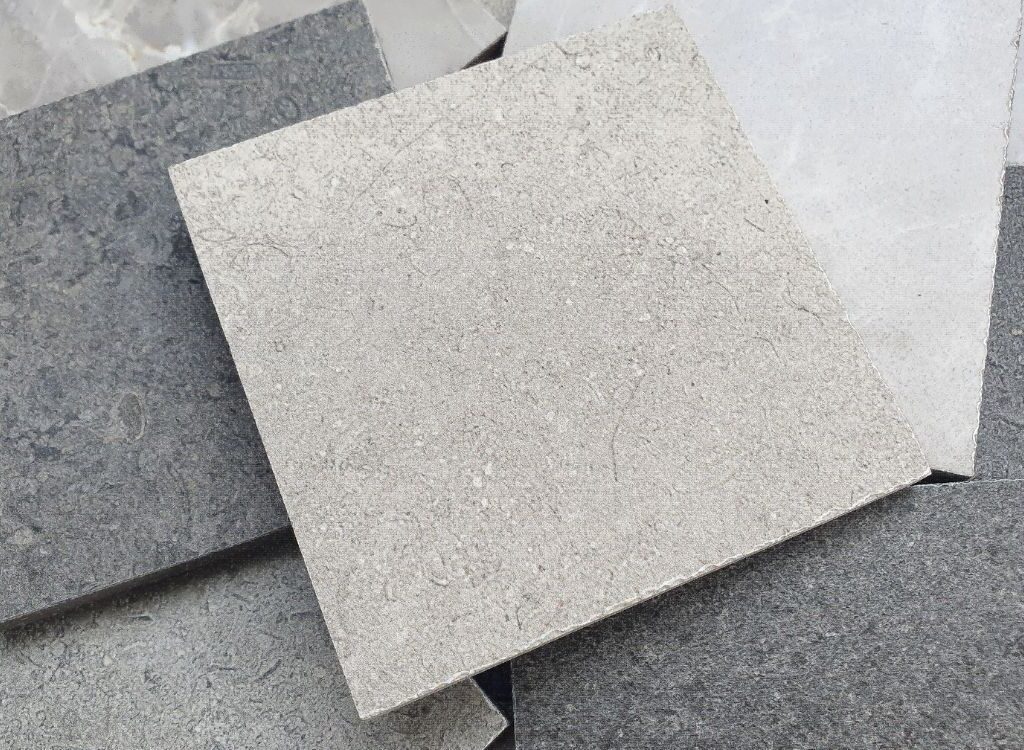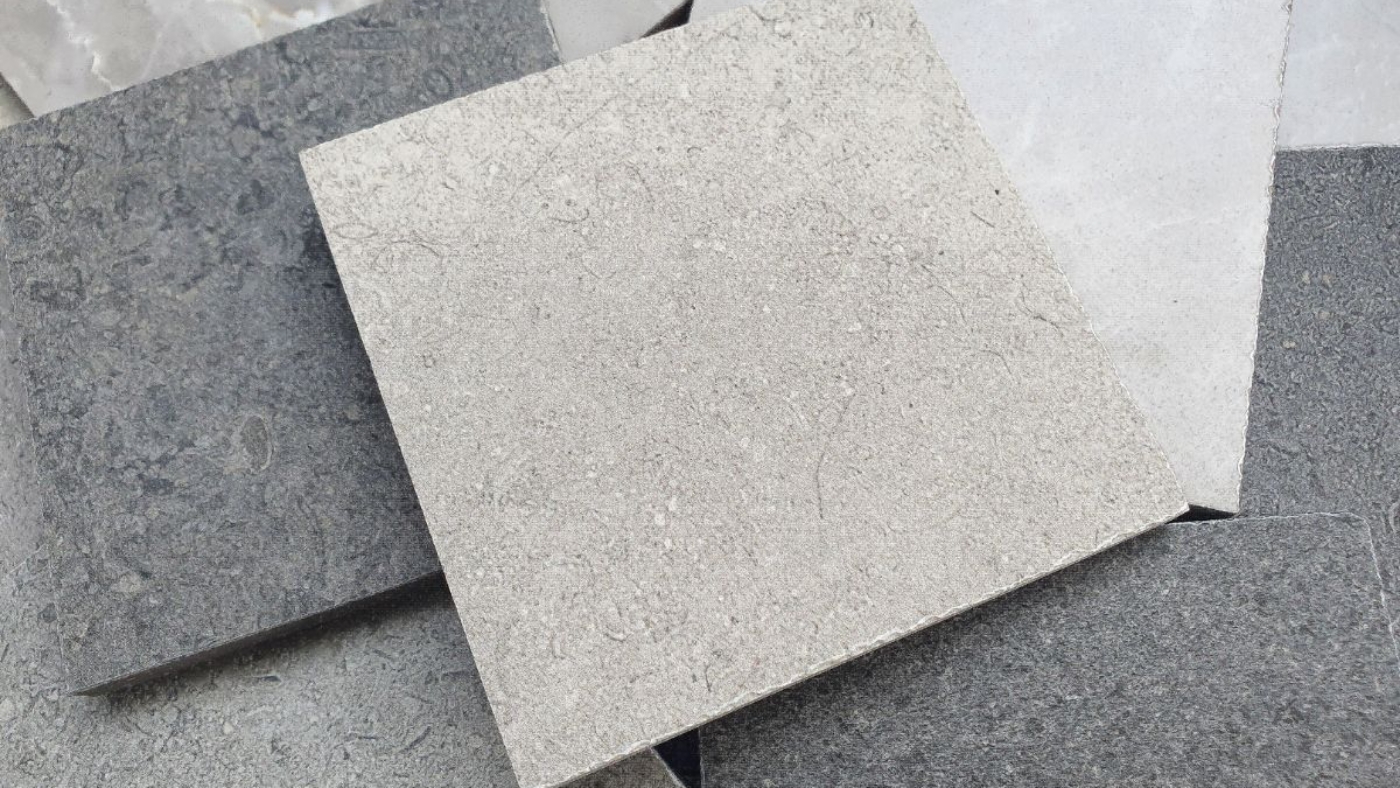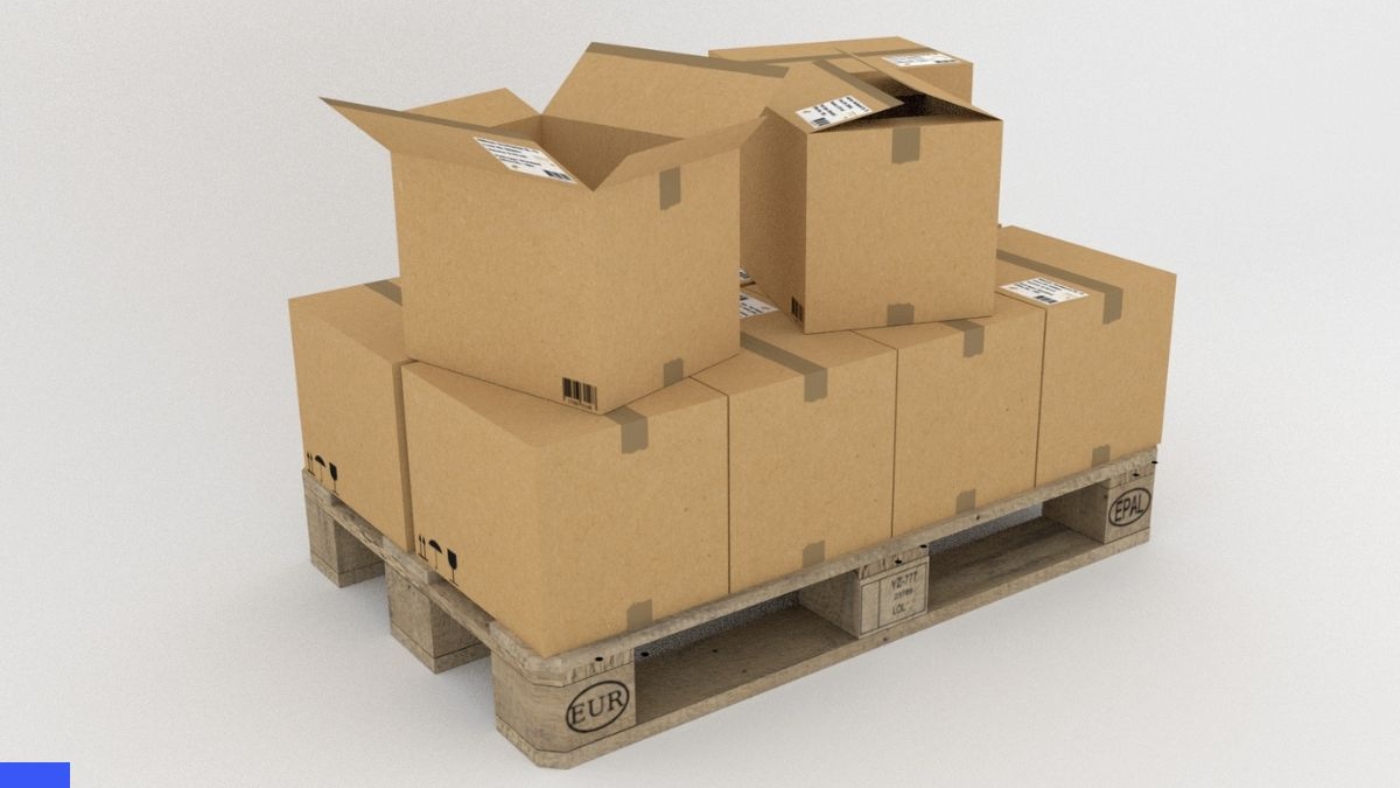Le piattaforme digitali dedicate al B2B si stanno affermando come strumenti strategici per semplificare l’acquisto di piastrelle a livello globale. L’obiettivo di una piattaforma digitale B2B non è soltanto facilitare l’incontro tra domanda e offerta, ma creare un ecosistema in grado di gestire ogni fase del processo: dalla selezione del prodotto fino alla logistica internazionale.
Il settore delle forniture di piastrelle a livello globale sta vivendo una fase di forte trasformazione. Se fino a pochi anni fa gli acquisti B2B si basavano su contatti diretti, fiere di settore e contrattazioni tradizionali, oggi la digitalizzazione sta rivoluzionando l’intero processo. Per i rivenditori, le imprese di costruzioni e gli architetti, la ricerca e l’acquisto di materiali non è più soltanto una questione di prezzo e qualità, ma anche di rapidità, affidabilità e trasparenza.
Questo articolo analizza come una piattaforma B2B ben strutturata possa rappresentare la soluzione ideale per le aziende che operano nel mercato delle piastrelle, illustrandone i vantaggi, le caratteristiche chiave e le prospettive future.
Il mercato globale delle piastrelle: sfide e opportunità
Il mercato mondiale delle piastrelle è altamente competitivo e frammentato. Secondo recenti stime, la produzione globale di piastrelle supera i 16 miliardi di metri quadrati all’anno, con Cina, India, Brasile, Italia e Spagna tra i principali player.
Le sfide principali che caratterizzano questo settore includono:
- Diversità di offerta: i produttori propongono un’infinità di formati, finiture e soluzioni tecniche, rendendo complessa la comparazione.
- Complessità logistica: spedire grandi quantità di materiale fragile in tutto il mondo richiede competenze e partner affidabili.
- Differenze normative: standard di qualità e certificazioni variano da Paese a Paese.
- Oscillazioni di prezzo: i costi di trasporto e le materie prime possono influenzare notevolmente il prezzo finale.
D’altra parte, le opportunità sono altrettanto significative: la crescita del settore delle costruzioni, il boom dell’edilizia residenziale e commerciale nei mercati emergenti e la spinta verso soluzioni sostenibili aprono spazi enormi per produttori e rivenditori.

I limiti dei canali tradizionali di acquisto
Tradizionalmente, l’acquisto di piastrelle in ambito B2B avveniva tramite:
- Agenti di commercio e distributori locali
- Fiere internazionali come Cersaie (Italia) o Coverings (USA)
- Contatti diretti tra produttore e acquirente
Questi metodi, seppur efficaci in passato, presentano oggi alcuni limiti:
- Scarsa trasparenza sui prezzi: le trattative private non sempre garantiscono condizioni uniformi.
- Processi lenti e complessi: dalla richiesta di cataloghi alla conferma d’ordine possono passare settimane.
- Limitata comparazione dei prodotti: è difficile valutare rapidamente l’offerta di più fornitori.
- Costi elevati di intermediazione: agenti e distributori spesso incidono in maniera significativa sul margine.
La conseguenza è che molte aziende rischiano di perdere competitività a causa di processi di approvvigionamento poco efficienti.
La piattaforma digitale B2B come soluzione strategica
Una piattaforma digitale dedicata all’acquisto B2B di piastrelle si propone di risolvere queste inefficienze, diventando un punto di riferimento unico per i professionisti del settore.
Caratteristiche principali di una piattaforma B2B ideale:
- Catalogo globale centralizzato
- Accesso a migliaia di prodotti da produttori di tutto il mondo.
- Ricerca avanzata per formato, colore, finitura, certificazioni e destinazione d’uso.
- Trasparenza e comparazione
- Prezzi chiari e aggiornati.
- Possibilità di confrontare diversi fornitori su parametri standardizzati.
- Gestione ordini e logistica integrata
- Preventivi automatici per costi di trasporto e tempi di consegna.
- Collaborazione con spedizionieri internazionali specializzati.
- Pagamenti sicuri e garantiti
- Sistemi di escrow o assicurazione delle transazioni per ridurre il rischio finanziario.
- Supporto normativo e certificazioni
- Accesso immediato a documentazione tecnica e conformità agli standard locali.
- Piattaforma multilingua e multi-valuta
- Per semplificare le relazioni in un contesto realmente globale.

Vantaggi per acquirenti e fornitori
Per gli acquirenti (rivenditori, imprese di costruzione, architetti):
- Risparmio di tempo: processi digitali più rapidi rispetto a negoziazioni tradizionali.
- Riduzione dei costi: eliminazione di intermediari superflui.
- Ampia scelta: possibilità di accedere a fornitori globali senza limiti geografici.
- Maggiore sicurezza: grazie a sistemi di pagamento protetti e valutazioni dei fornitori.
Per i fornitori (produttori e distributori di piastrelle):
- Visibilità internazionale: accesso a nuovi mercati senza investimenti eccessivi.
- Riduzione dei costi commerciali: minore dipendenza da fiere e agenti.
- Gestione semplificata: cataloghi digitali, tracciamento ordini e assistenza clienti integrati.
- Feedback immediato: recensioni e dati analitici sull’andamento delle vendite.
Tecnologia e innovazione: il cuore della piattaforma B2B
Oltre alla semplice funzione di marketplace, una piattaforma ideale deve integrare soluzioni tecnologiche avanzate:
- Intelligenza Artificiale (AI) per suggerire prodotti alternativi o complementari, ottimizzando l’esperienza di acquisto.
- Blockchain per garantire la tracciabilità delle forniture e la trasparenza delle transazioni.
- Realtà aumentata (AR) per visualizzare le piastrelle direttamente in un ambiente simulato.
- Big Data Analytics per analizzare tendenze di mercato e comportamenti d’acquisto.
L’integrazione di queste tecnologie consente non solo di migliorare l’efficienza, ma anche di creare un vantaggio competitivo duraturo.
Logistica e Supply Chain: l’anello cruciale di una piattaforma B2B
Uno degli aspetti più complessi nell’approvvigionamento internazionale di piastrelle è la logistica. Una piattaforma B2B efficace deve semplificare anche questo aspetto, fornendo:
- Calcolo immediato dei costi di spedizione in base a destinazione, quantità e modalità di trasporto.
- Assicurazione sulle spedizioni contro danni e ritardi.
- Tracciamento in tempo reale dello stato della consegna.
- Gestione delle dogane e delle pratiche burocratiche.
In questo modo, l’acquirente può concentrarsi sul proprio core business senza doversi occupare delle complessità del trasporto internazionale.

La sostenibilità come vantaggio competitivo
Sempre più aziende scelgono fornitori in base a criteri di sostenibilità. Una piattaforma B2B moderna deve valorizzare i produttori che adottano pratiche eco-friendly:
- Piastrelle realizzate con materiali riciclati.
- Processi produttivi a basso consumo energetico.
- Certificazioni ambientali come LEED o ISO 14001.
Integrare filtri di ricerca basati sulla sostenibilità può diventare un elemento distintivo e attrattivo per una clientela sempre più attenta.
Casi d’uso e applicazioni reali
- Un’impresa di costruzioni cinese può acquistare direttamente piastrelle da un produttore italiano, riducendo i costi e ricevendo supporto logistico integrato.
- Un rivenditore nordamericano può ampliare la propria gamma di prodotti importando piastrelle artigianali mediterranee con garanzia di conformità normativa.
- Un architetto in Medio Oriente può accedere a collezioni esclusive italiane, confrontando prezzi e certificazioni in tempo reale.
Questi esempi mostrano come la piattaforma non sia solo un marketplace, ma un vero e proprio strumento di internazionalizzazione.
Conclusioni
Il settore delle piastrelle, per la sua complessità e dimensione internazionale, è uno dei candidati ideali per beneficiare di una piattaforma B2B dedicata. Un sistema digitale che centralizza prodotti, prezzi, logistica e certificazioni rappresenta un punto di svolta per acquirenti e fornitori, garantendo efficienza, trasparenza e competitività.
La piattaforma ideale non è soltanto un luogo di scambio commerciale, ma un ecosistema completo che integra tecnologia, logistica e sostenibilità. In un mondo sempre più connesso, chi saprà sfruttare queste soluzioni sarà in grado di posizionarsi come leader globale, semplificando l’acquisto e la distribuzione di piastrelle con un approccio moderno, sicuro e orientato al futuro.



























